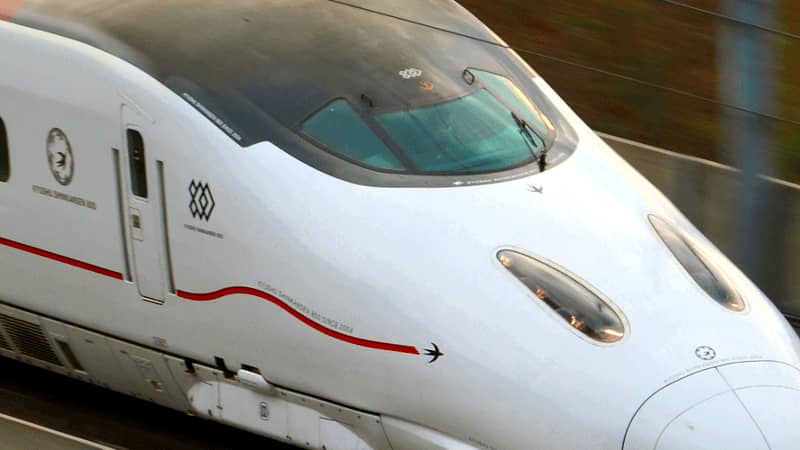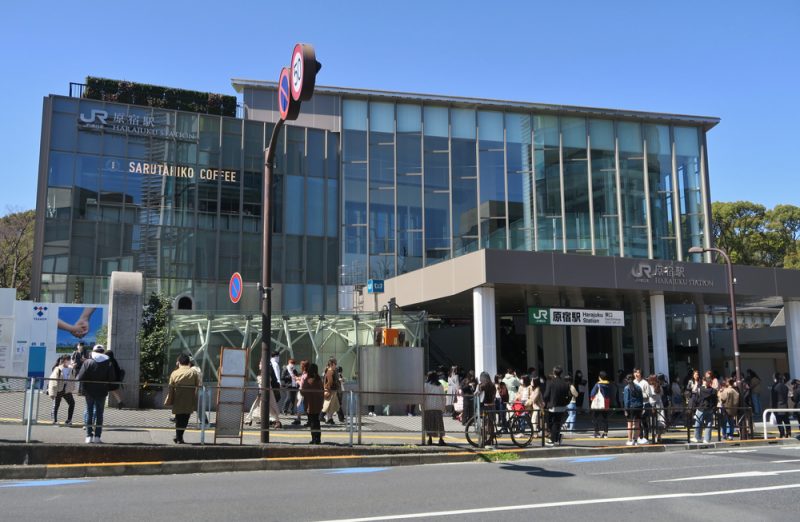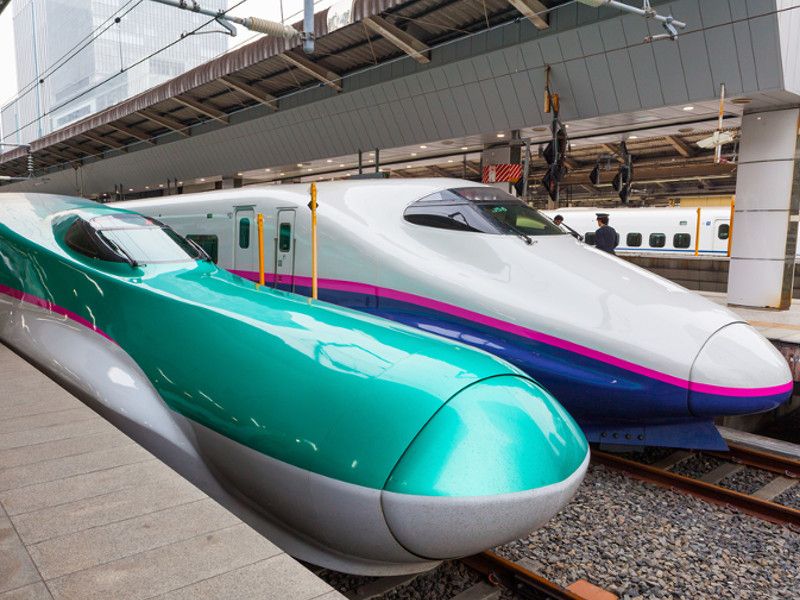As more than 400 high-speed trains run across Japan on a busy day, approximately 1 service every 3 minutes, it’s understandable that ensuring Shinkansen safety measures is a major priority for operators.
In addition to a number of safety protocols to guard against accidents and natural disasters such as earthquakes and typhoons, Japan Rail has also implemented a number of measures to protect Shinkansen passengers from the spread of COVID-19 during the global pandemic.




